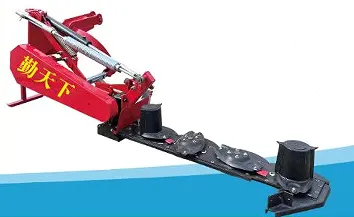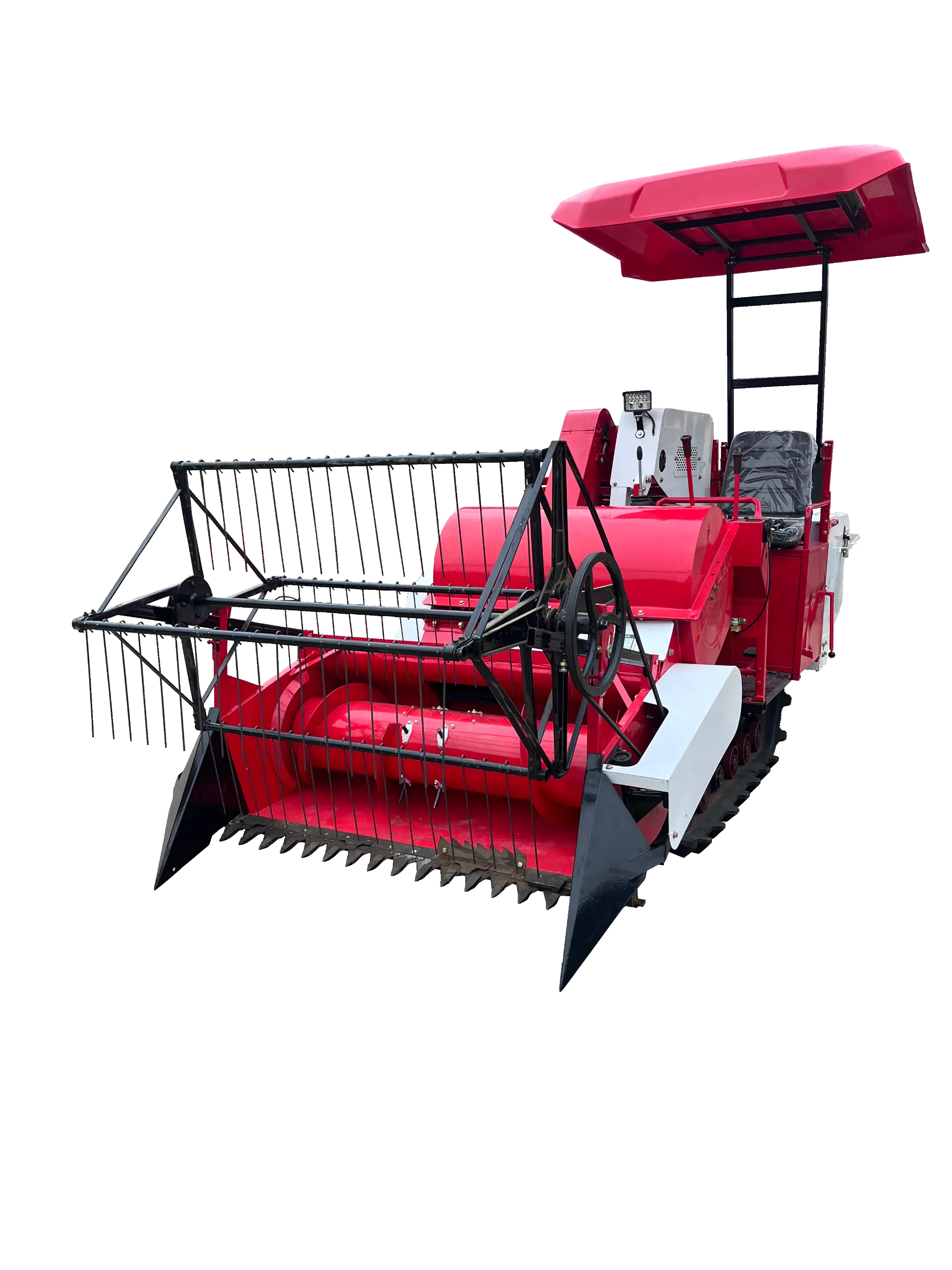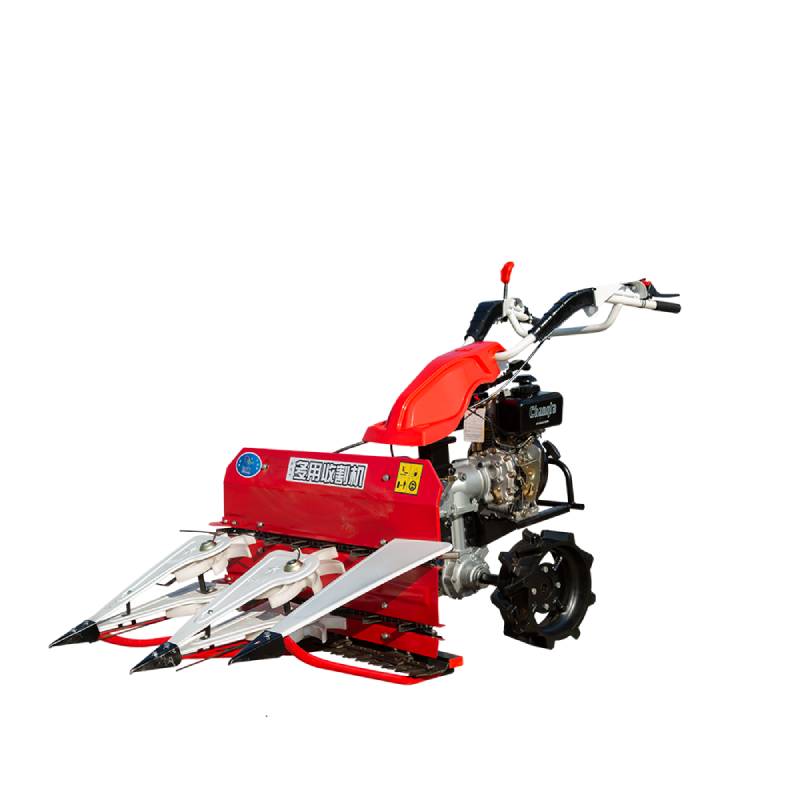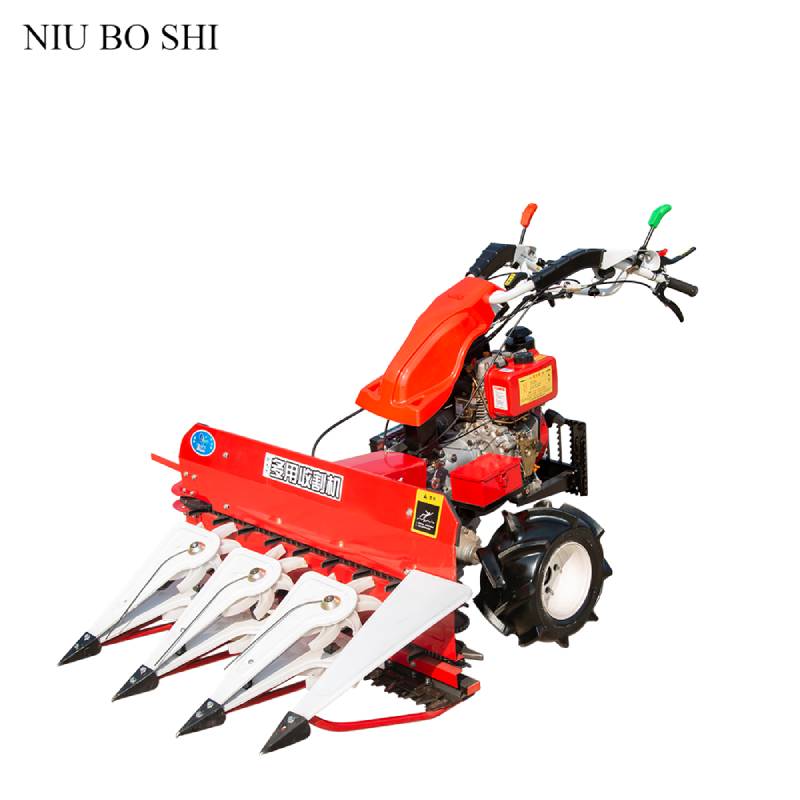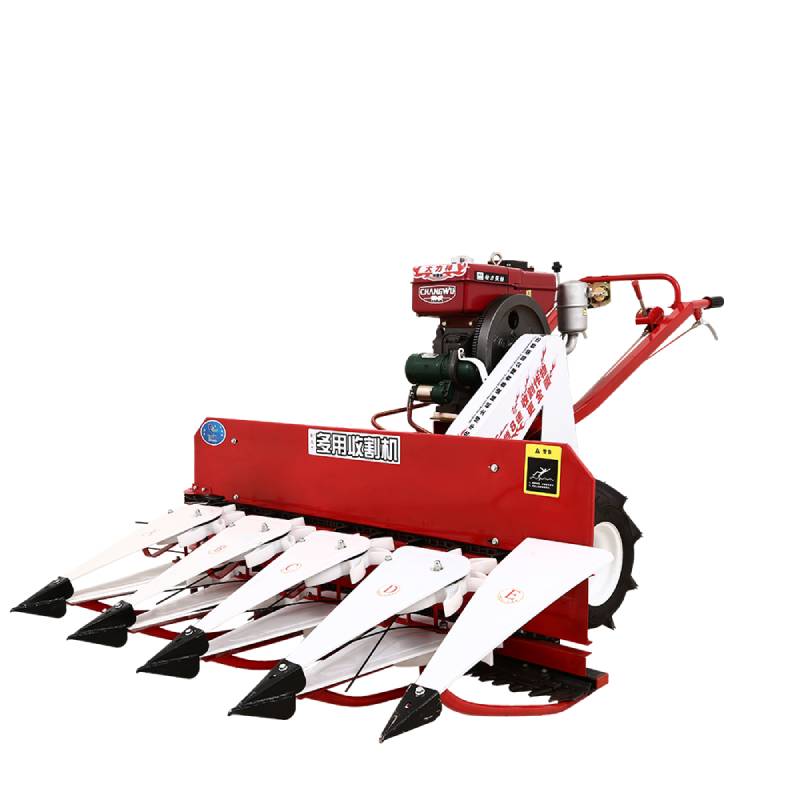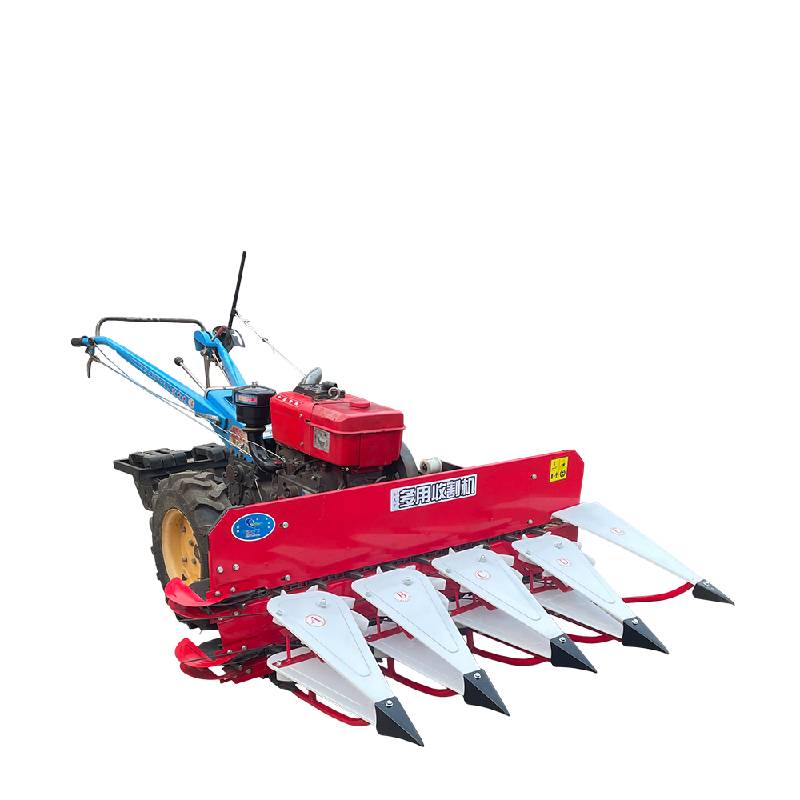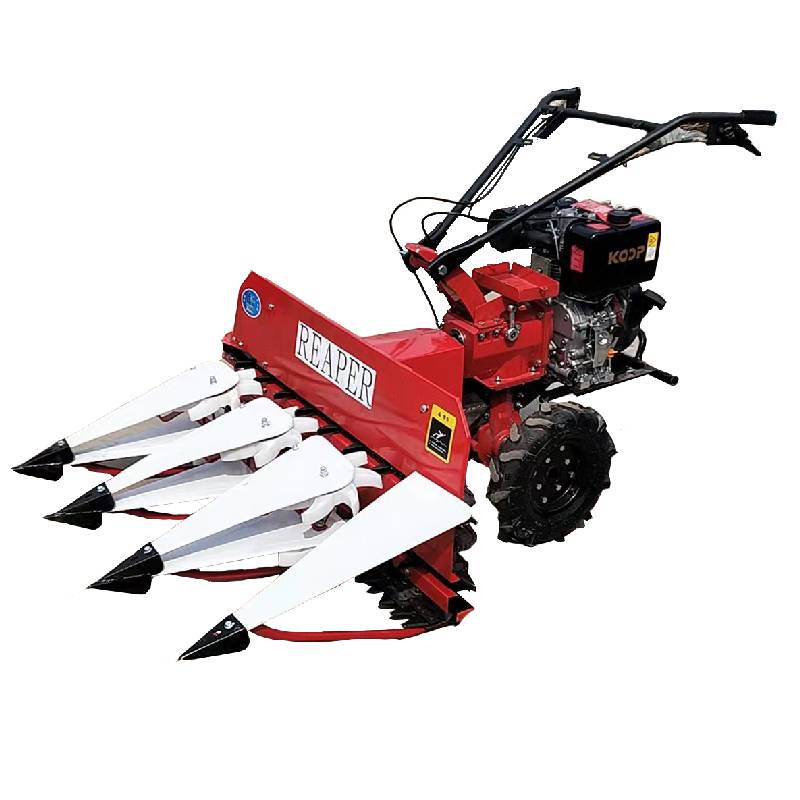Compact and Efficient Mini Rice Harvester for Small Scale Farming Operations
Small Rice Harvester Machines Revolutionizing Agriculture
In the modern agricultural landscape, the efficiency and effectiveness of harvesting techniques have been continuously evolving. Among the significant advancements is the development of small rice harvester machines. These compact yet powerful machines are designed to cater to the needs of small to medium-sized farms, enhancing productivity and reducing labor costs.
The Need for Small Rice Harvesters
Rice is a staple food for a significant portion of the world's population, especially in Asia. Traditional harvesting methods, primarily manual labor, have remained prevalent in many regions. However, these methods are time-consuming, physically demanding, and often result in a loss of yields due to inefficiencies. As the demand for rice continues to rise, there is pressing need for more efficient harvesting solutions. This is where small rice harvester machines come into play, helping farmers transition from labor-intensive to mechanized harvesting.
Advantages of Small Rice Harvester Machines
1. Increased Efficiency One of the most significant benefits of small rice harvester machines is the improvement in harvesting efficiency. These machines can harvest rice much faster than traditional methods. A small harvester can complete the work of several workers in a fraction of the time, allowing farmers to focus on other critical tasks in the growing season.
2. Reduced Labor Costs Labor shortages are a common challenge in agriculture. With the rise of urbanization, fewer people are willing to work in the fields. Small harvester machines mitigate this issue by decreasing the reliance on manual labor. While there is an initial investment, the long-term savings on labor can be substantial.
3. Minimized Crop Loss When using manual harvesting methods, crop losses can occur due to improper techniques or adverse weather conditions. Small rice harvesters are designed to minimize such losses by effectively cutting and collecting rice crops while ensuring that the grains remain intact. This not only preserves yield but also enhances overall quality.
small rice harvester machine

4. Versatility Many small rice harvesters are designed to be versatile, capable of harvesting not just rice but also other types of grains. This adaptability allows farmers to maximize the utility of their machinery, leading to better resource utilization.
5. Environmentally Friendly Modern small rice harvester machines are increasingly designed with fuel efficiency in mind, often using advanced technologies that reduce emissions. Moreover, their size allows them to operate on smaller plots of land without causing significant soil compaction, which is beneficial for maintaining soil health.
The Future of Small Rice Harvesters
As technology continues to progress, the future of small rice harvester machines looks promising. Innovations such as automation, artificial intelligence, and GPS technology are beginning to be integrated into these machines. Automated systems can help farmers make data-driven decisions, optimizing their harvesting strategies further.
Moreover, with an increasing focus on sustainable agriculture, manufacturers are likely to continue developing more eco-friendly models that use less fuel and minimize environmental impact. This will attract more farmers to invest in such technology, further enhancing productivity in the rice farming sector.
Conclusion
Small rice harvester machines represent a pivotal shift in agricultural practices, especially in regions where rice cultivation is paramount. By offering increased efficiency, reduced labor costs, and minimized crop loss, these machines are revolutionizing the way rice is harvested. As technology advances and more farmers adopt these solutions, the impact on food production and sustainability will be profound, ensuring that this vital crop continues to feed millions around the globe. Adopting small rice harvesters not only boosts individual farm productivity but also contributes to a more secure food future for all.
Latest news
-
When to Upgrade Your Old Forage HarvesterNewsJun.05,2025
-
One Forage Harvester for All Your NeedsNewsJun.05,2025
-
Mastering the Grass Reaper MachineNewsJun.05,2025
-
How Small Farms Make Full Use of Wheat ReaperNewsJun.05,2025
-
Harvesting Wheat the Easy Way: Use a Mini Tractor ReaperNewsJun.05,2025
-
Growing Demand for the Mini Tractor Reaper in AsiaNewsJun.05,2025

